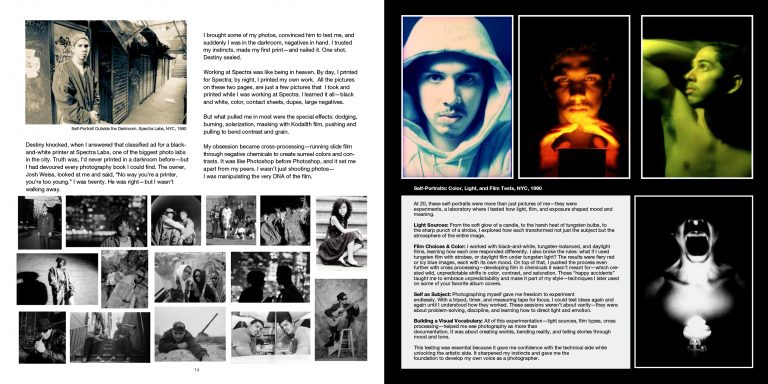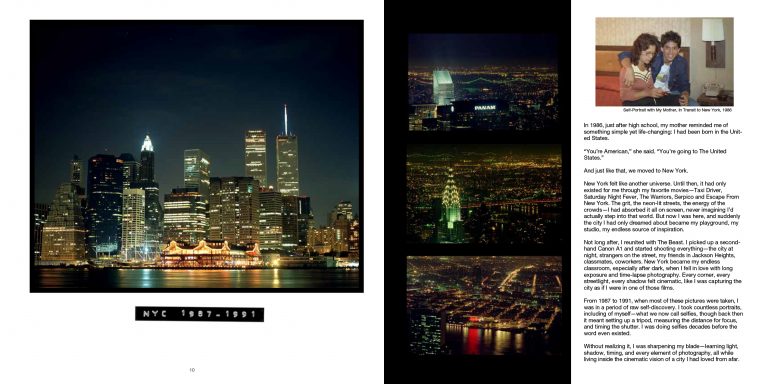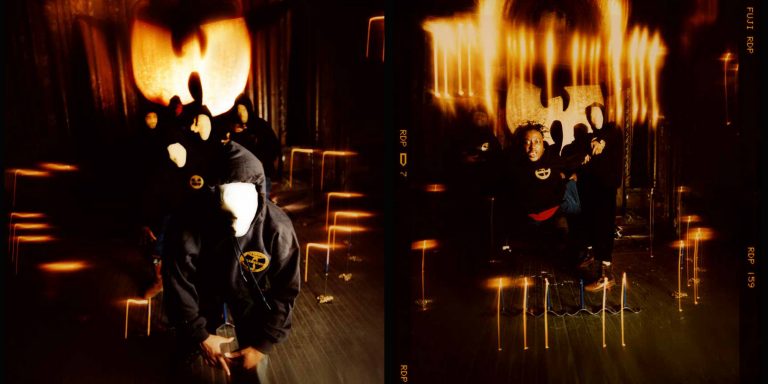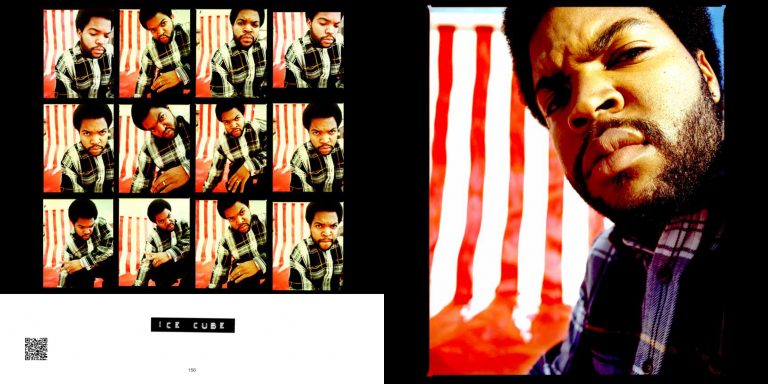DANNY HASTINGS LEGENDARIO ACT 1
ROUGH, RUGGED AND RAW
RETROSPECTIVE (1992-1994)
PRE-SALE | SIGNED BOOKS ONLY
AVAILABLE NOW
BOOK DIMENSIONS: HARD COVER, 8.5 X 8.5, FULL COLOR, 200 PAGES
PRINTED IN THE U.S.A.
Legendario is a three-part photographic retrospective by renowned photographer Danny Hastings, celebrating the evolution of his groundbreaking career that helped define hip-hop’s visual identity. Each volume represents a distinct era—three “acts” that chronicle his artistic growth, creative experimentation, and cultural impact.

Act I: Rough, Rugged and Raw (1992–1994) marks the beginning of Hastings’ visual journey—the training years that shaped his vision and set the tone for everything that followed. Shot entirely on film, this first volume captures the raw energy of New York’s streets during one of hip-hop’s most explosive eras. The work is unfiltered and pure—filled with the grain, grit, and emotion that can only come from analog photography.


In Act I, viewers are invited into the early stages of Hastings’ rise, featuring many of his first editorial and album cover shoots that would later become iconic. These photographs document not just the artists, but the essence of a culture in motion—young, fearless, and unapologetically creative.




As the first chapter in the Legendario trilogy, Act I sets the foundation for what’s to come:
-
Act II: Diggin’ in the Crates (1995–1997) – A reflection of Hastings’ explosion into the mainstream, when his images dominated record stores and magazine covers.
-
Act III: #Photogod (1998–Digital Era) – The bridge between film and digital, marking a new creative frontier.
Together, the three acts form a complete visual autobiography—a journey from the darkroom to cultural legend.


Each book includes interactive QR codes that unlock behind-the-scenes stories, alternate shots, and deeper looks into the sessions that shaped hip-hop history. Readers will also find technical insights revealing how Hastings achieved his signature color effects without Photoshop—by manipulating negatives, experimenting with film chemistry, printing techniques in the darkroom, and creative in-camera processes that pushed the limits of analog photography.



